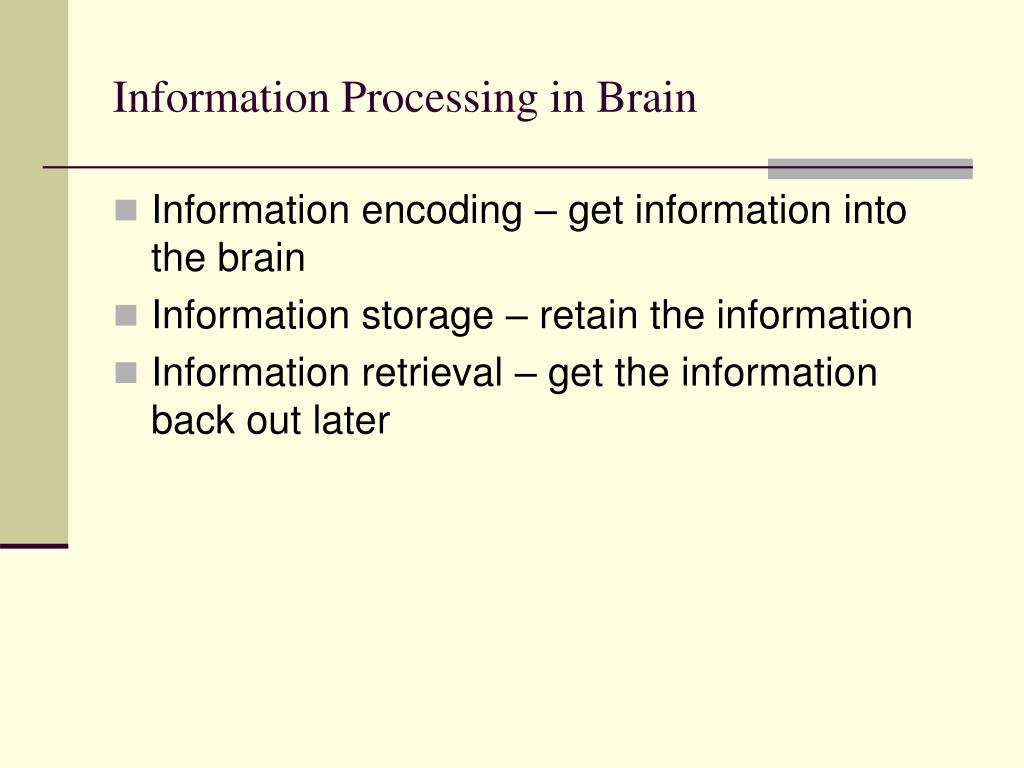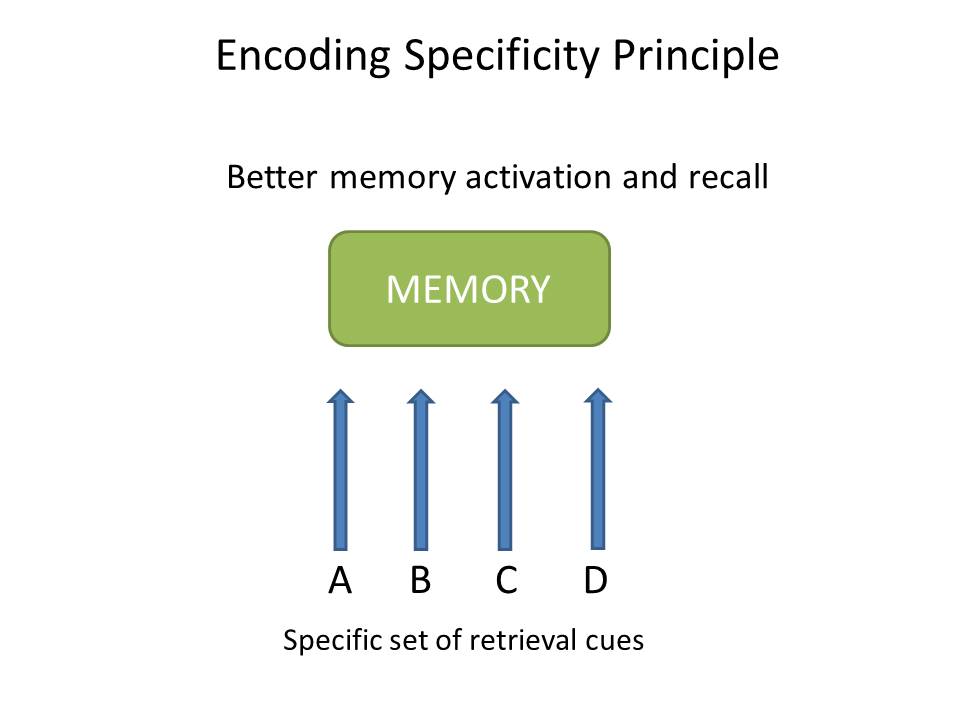

These ideas are synthesized into a novel model of episodic memory (the spectro-contextual encoding and retrieval theory, or “SCERT”) that provides several testable predictions for future research.


Drawing upon the ideas of context reinstatement and multiple trace theory, we argue that memory retrieval is driven by internal and/or external factors which recreate these frequency-specific oscillatory patterns which occur during episodic encoding. We suggest that both cell assembly firing patterns as well as the global pattern of brain oscillatory activity within hippocampal-neocortical networks represents the contents of a particular memory. Incorporating findings from the synaptic to cognitive levels of organization, we argue that spectrally precise cross-frequency coupling and phase-synchronization promote the formation of hippocampal-neocortical cell assemblies that form the basis for episodic memory. Here, we explore and extend this idea to the domain of human episodic memory encoding and retrieval. The spectral fingerprint hypothesis, which posits that different frequencies of oscillations underlie different cognitive operations, provides one account for how interactions between brain regions support perceptual and attentive processes ( Siegel et al., 2012). 4Department of Psychology, University of California, Davis, CA, USA.3Neuroscience Graduate Group, University of California, Davis, CA, USA.1Center for Neuroscience, University of California, Davis, CA, USA.


 0 kommentar(er)
0 kommentar(er)
